Structural Health Monitoring is a very crucial concept that has been applied through decades for the accurate and safe working of all that we see around us. From constructing tall buildings to long highway bridges to even ancient forts and tombs, everything needs to be monitored with tailor-made plans, accuracy, and reliability to ensure the long life of the structures.
In this article, we will be talking about structural health monitoring, its advantages, and the seamless and stable instrumentation and monitoring solutions offered by Encardio Rite.
What is Structural Health Monitoring?
Let’s circle back to the basics and brush up on our knowledge about structural health monitoring. An integral part of geotechnical monitoring, Structural Health refers to the structure’s performance; either before, during, or after construction. This is essentially carried out to gauge the construction site as well as the nearby assets, ensuring nothing shall be harmed during the process.
Structural Health Monitoring aims to provide the structure with a diagnosis, assuring it remains in the domain specified in the design while understanding the full history database of the structure. The damage here is defined in terms of changes in material, geometric properties, boundary conditions, system connectivity, and anything else that affects the performance.
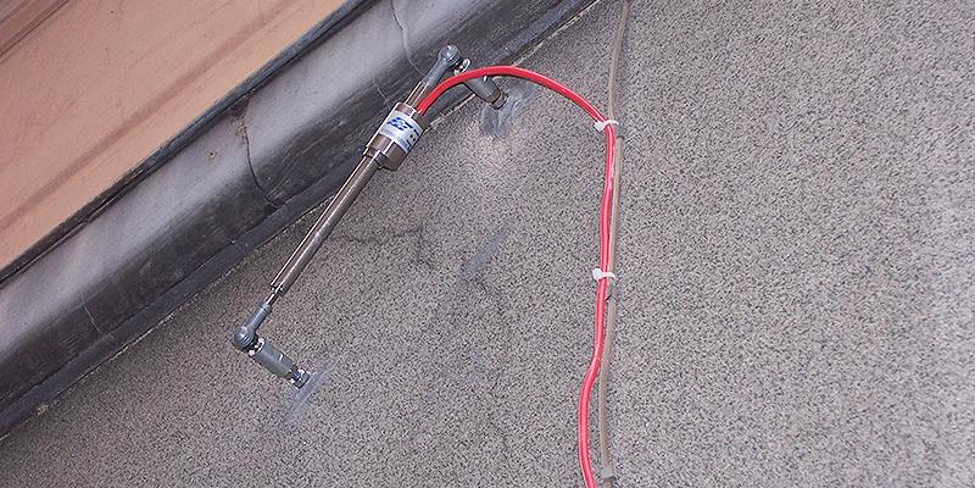 Structural Health Monitoring
Structural Health MonitoringSHM entails observing the system over a long time with the help of geotechnical sensors, observing the measurements, and extracting the damage-sensitive features to ascertain the current state of system health.
Structural Health Monitoring is extremely important to avoid any mishaps and sudden failures and accidents, including monitoring the construction site as well as the nearby area and assets. A well-monitored plan helps to identify early warnings, leading to a safer environment with fewer accidents.
Encardio Rite provides multiple monitoring services along with state-of-the-art geotechnical instruments.
Let’s take a look at the various advantages of Structural Health Monitoring.
Read more: A Guide on Structural Health Monitoring (SHM)
Advantages of Structural Health Monitoring
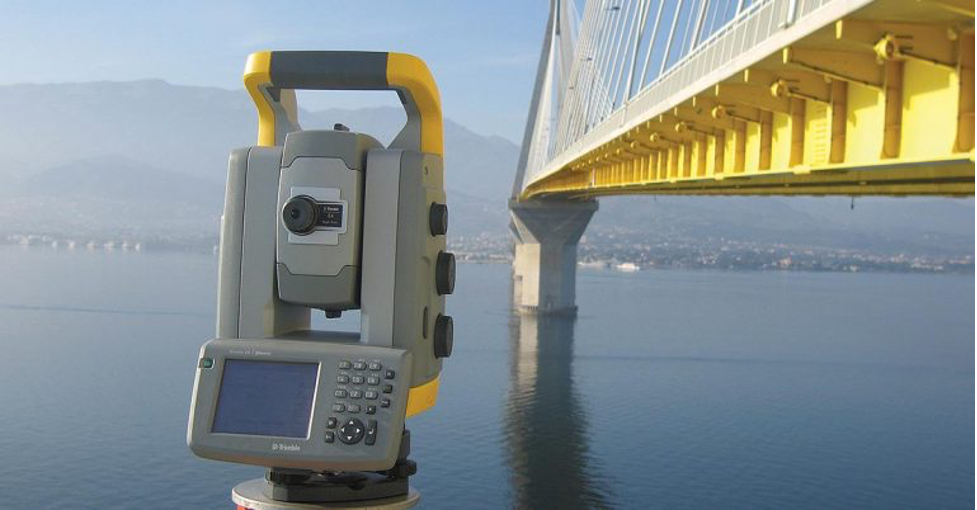 Geotechnical Monitoring
Geotechnical MonitoringStructural health monitoring (SHM) is critical because:
- Allows you to identify the critical and warning signs and convey them to the concerned authorities before they become a casualty.
- It prevents the loss of human life as well as property.
- Keeps you prepared for any sudden failure that might be fatal otherwise.
- It protects the areas and structures in close vicinity to the construction site.
- It reduces the long-term and short-term costs related to structural maintenance.
- It helps to understand the future behavior of the structure and plan the maintenance programs accordingly.
- Structural health monitoring helps to determine the effects of natural calamities such as earthquakes, flooding, etc. on the structure.
- It allows you to compare the observed data with design assumptions.
- It helps you to determine the effect of the operation on parameters such as stress, strain, water, pressure, inclination, deflection, and water seepage.
Instrumentation & Monitoring Solutions for Structural Health Monitoring
Encardio Rite offers multiple Instrumentation and Monitoring Solutions for SHM during, before, and after the construction phase.
1. Data Loggers
When it comes to data loggers, Encardio Rite is one of the few organizations in the world that offers both; GSM/GPRS and wireless system technologies.
They are essentially an electronic device that records the data continuously with the help of an in-built instrument or through an interfaced one. The longevity of the operation of the data logger is dependent on the backup and memory capacity. Encardio Rite offers battery-operated devices that can be set to record data from 5 to 168 seconds in the linear mood. They also come with a power supply option.
2. Piezometers
A piezometer, also known as a pore water pressure meter is a geotechnical instrument employed to monitor and determine the pore pressure in standpipes, boreholes, embankments, rolled-earth fills, and interface of retaining structures.
These are extremely essential devices as they draw attention to the potentially dangerous situations that may have an adverse effect on the structure, foundation, and appurtenant.
As a world leader in manufacturing and supplying geotechnical instruments, Encardio Rite offers electric piezometers, hydraulic piezometers, pneumatic piezometers, vibrating wire piezometers, and much more.
3. Inclinometer
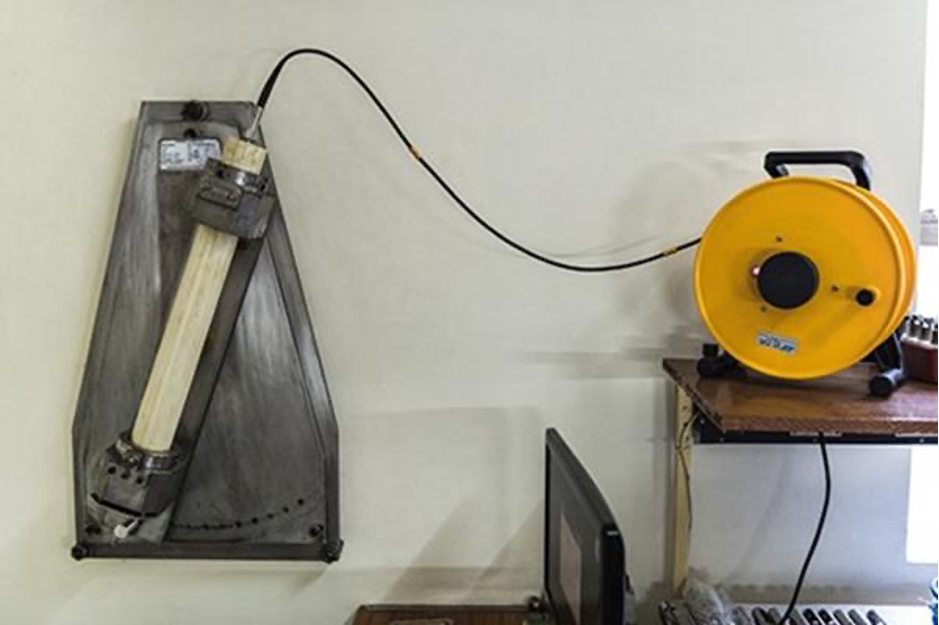 Inclinometers
InclinometersComing to another geotechnical instrument that is largely used for structures like retaining/diaphragm walls, piles, etc., an inclinometer is utilized for the purpose of measuring the magnitude of inclination or tilt and its variation with time.
The collection of Encardio Rite’s Inclinometer includes Digital Inclinometer System, Vertical In-Place Inclinometer System, Wireless In-place Inclinometer, and Inclinometer Settlement System. They also deal with the most advanced MEMS Digital Inclinometer Systems in the world.
4. Tiltmeters & Beam Sensors
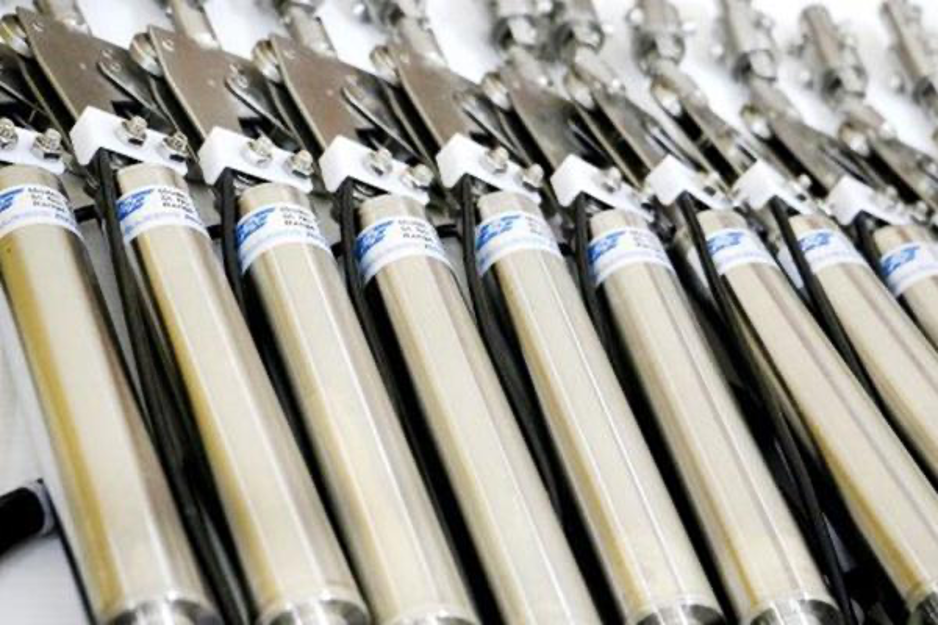 Tiltmeters
TiltmetersA tiltmeter is used to monitor vertical rotation, deflection, & deformation of the diaphragm and retaining walls.
Encardio Rite’s Series of Electrolytic Uniaxial Tiltmeters are employed for the monitoring of small changes in inclination & vertical rotation of structure. On the other hand, they also provide warning signs of deformations, thereby giving the concerned authorities enough time for corrective action to take place.
The Portable Tiltmeter is used for the monitoring of critical buildings, structures, utilities, etc. that are situated within proximity of the construction zone. Similarly, Encardio Rite offers an extensive range of tiltmeters that are used for various monitoring purposes.
5. Strain Gauge
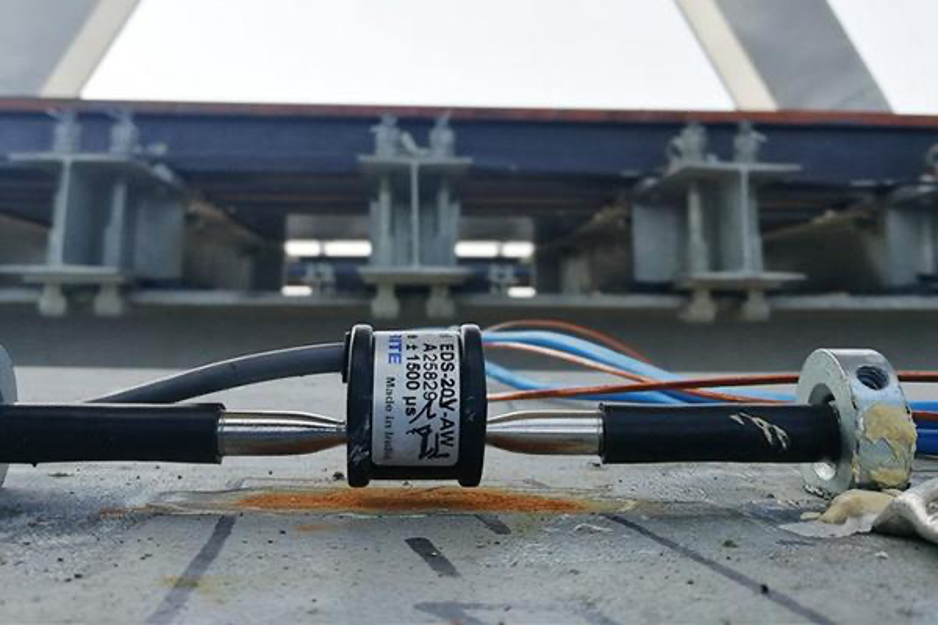 Strain Gauge
Strain GaugeStrain Gauges are employed as one of the most important geotechnical sensors that are used for the measurement of strain in underground cavities, buildings, tunnels, concrete, bridges, masonry, dams, embedment in soil/concrete, bridges, etc.
The Strain Gauge works on the principle of using an insulation flexible metallic foil backing. It is then attached to the object using an adhesive to measure the stress. Any deformation in the object leads to the foil getting distorted, hence changing the electrical resistivity of the soil.
Apart from measuring the strain in concrete, rock, and steel constructions, they are also used to estimate the stress distribution in the supporting ribs of underground cavities and tunnels. They are also used to measure the stress in concrete and masonry dams, pressure shafts, concrete piles, etc.
Encardio Rite offers some of the most accurate, robust, low-cost, reliable, and stable strain gauges in the market. Made from stainless steel, it surely is long-lasting, enduring, and versatile. They are also compatible to be paired with other accessories.
6. Pressure Cells
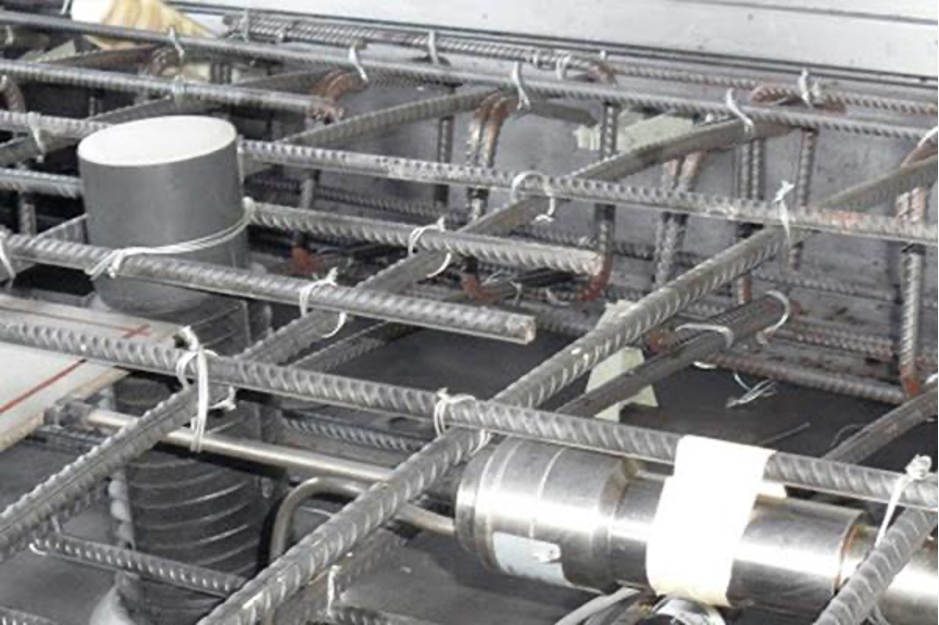 Pressure Cells
Pressure CellsPressure Cells, as the name suggests, are used for the measurement of total pressure in earth fills, embankments, and on the surface of retaining walls, buildings, bridge abutments, etc. They can also be used to gauge the stress in mass concrete.
Encardio Rite offers six different types of Pressure Cells including Concrete Pressure Cells, Soil and Rock-Concrete Interface Pressure Cells, Jack-Out Pressure Cells, Earth Soil Pressure Cells, and Shotcrete-Concrete Stress Cells.
7. Extensometers
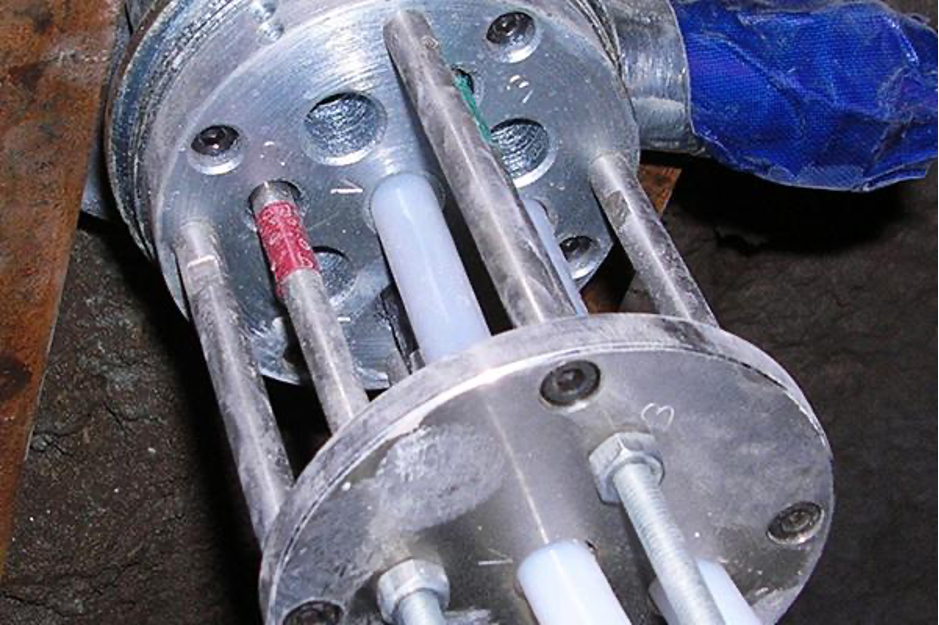 Extensometers
ExtensometersExtensometers are widely used in the civil engineering world as they are designed for the measurement of the deformation of the rock mass and adjacent/surrounding soil.
Encardio Rite offers a range of Extensometers ranging from Electrical, Magnetic, and Digital, to Mechanical Extensometers as well.
Apart from this, Encardio Rite also offers Online cloud-based web data monitoring services, Laser Scanning, Aerial Mapping using Unmanned Aerial Vehicles (UAV/Drone), and an Automatic 3D deformation monitoring system.